Thirteen Lucky Tips for Improving Your Fishing Photography
The question frequently comes at me, especially while giving slide shows, “What kind of camera do you use?” These Thirteen Lucky Tips for Improving Your Fishing Photography answers the question, and gives some tips on how to use the stuff besides.
I carry two Canon Rebel XTi bodies. One is fixed with a wide angle Canon 10-22 mm zoom lens, an awesome piece of equipment, used for things I can get close to.
The other carries a telephoto Canon 70-300 mm zoom lens, likewise simply awesome. Use this for things that are farther away.
I also carry a Canon 18-55 mm zoom lens in my camera bag, mostly for close-up work.
My camera bag is a Simms Dry Creek backpack. It’s lined with pieces of an Ensolite sleeping pad cut to fit the pack. The cameras and lenses are wrapped in towels for protection. While walking or wade fishing the cameras can stay dry on my back, quickly available if an opportunity comes up. I’ve done this for four years now and the pack gives plenty of protection.
Here come the tips. Once you understand what’s happening inside those little black boxes feel free to break these rules.
1a. Set the ISO on the wide angle lens body to 100, and don’t shoot at a shutter speed less than 1/60th of a second.
1b. Set the ISO on the telephoto lens at 400, and don’t shoot slower than 1/300th second.
2. Keep the lenses and the camera sensors clean. A blower brush, a package of lens tissue, and a small bottle of lens cleaner are the minimum maintenance requirements.
3. Regardless of which lens you use, try to fill the frame with the subject.
4. Pay attention to the light- direction and quality. Fish and many other things photograph best when the sun is low in the sky. Human faces also photograph well when light is diffuse, such as with high overcast.
5. Take pictures of people fishing, not just grip and grins. Don’t forget release shots.
6. Take close-ups of tackle and lures, not just people.
7. Take close-ups of caught fish. Don’t ignore parts that don’t have eyes.
8. Focus on eyes of whatever it is you’re photographing if they’re in the frame.
9. Take LOTS of pictures when you get a good opportunity. Usually, one of 20 or 30 is clearly the best.
10. When taking grip and grins, have the gripper howl (or some other stupid thing). Sometimes the howling makes the photo. Sometimes the laughter that follows does.
11. Delete any photos that aren’t good. No one wants to go through 95 crappy shots to see the five good ones.
12. Fish can’t breathe when they’re not in the water. If you intend to release the fish do not beat it up!
13. Subjects wearing red or yellow will photograph better than any other color.
If you have other tips not mentioned here (and there are plenty), please feel free to share them with us!
All content in this blog, including writing and photos, copyright John Kumiski 2010. All rights are reserved.
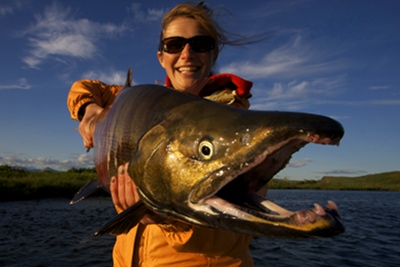
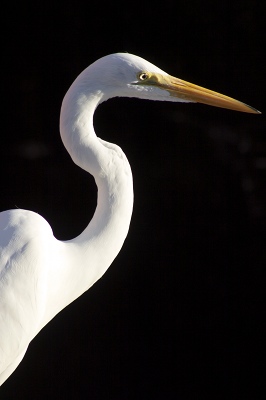
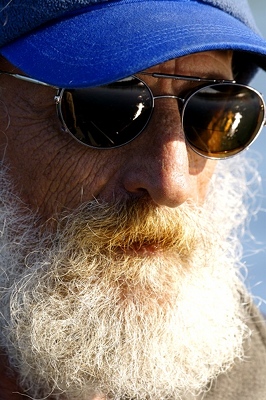
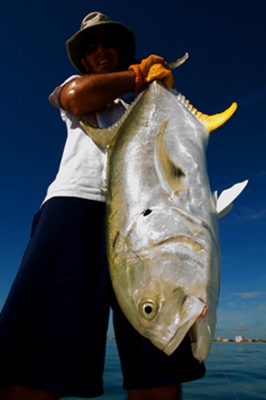
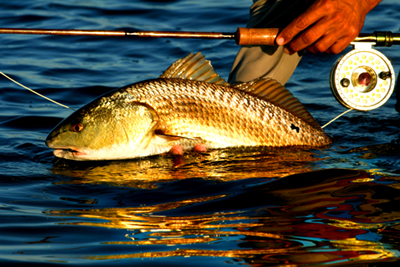
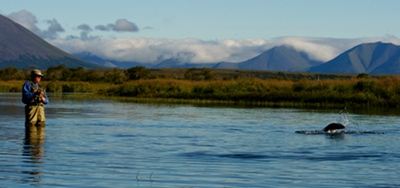
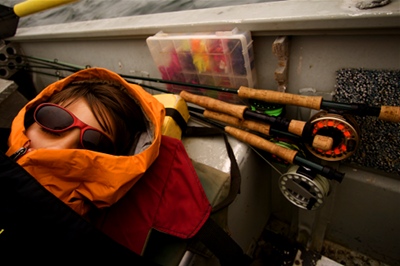
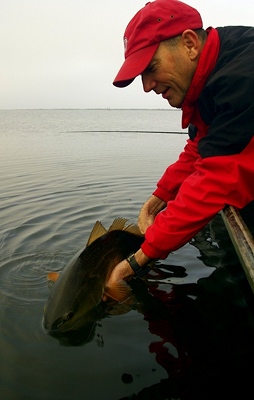
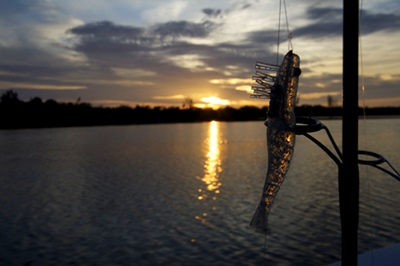
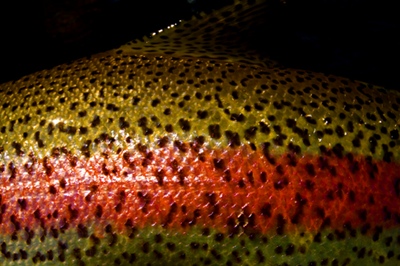
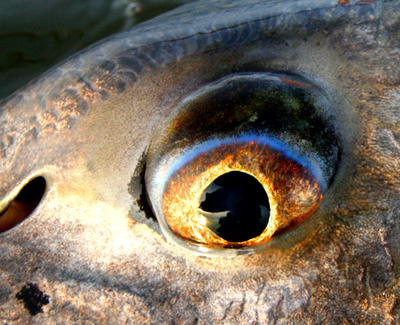
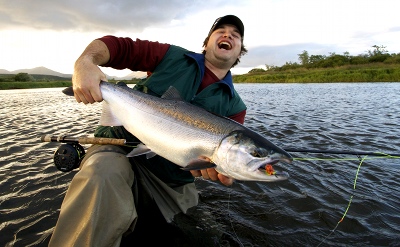
Hey John,
I’m really enjoying your posts, in fact they have prompted me to revisit your last two books.
Which leads me to…Lately I’ve heard a lot of criticism from anglers regarding ‘No Motor Zones’ and there possible future expansion up here in the north. The comments of ‘fishless’ ‘unfishable’ etc have all been associated with these areas.
In the spring of ’04’ you showed me that that was anything but the the truth. Not only did we constantly see fish that day, but, you demonstrated that it required a greater degree of skill as an angler to be successful in a ‘No Motor Zone’. You can’t just splash and dash until you eventually run over fish, you need to use your noggin and consider everything about your targeted species including seasonal movements, recent tidal trends, and recent weather patterns to concentrate your efforts on productive water.
That’s an order of magnitude beyond how most people think. It would be great to some more of these experiences in a future article, blog or book.
Talk to you soon,
Thanks,
Geoff
Hi Geoff-
good hearing from you. Unless I figure out how to move the books already in my garage we’re not likely to see more titles coming out of Argonaut Publishing. However, I appreciate your thoughtful comments and will ruminate on it. Hopefully the seed will sprout and I’ll have some equally insightful piece to share with my readers sometime in the not too distant future.
was in the nmz today on charter. my angler did pretty well
jk
John, Really liked the photography tips… published link to our 250 TUers up here. As a supplement to tip 12 about not beating up on fish you intend to release: Plan the shot in advance with fish in the water (lighting, angle, etc.), then remove the fish momentarily for the shot and return to the water. Also, like many of the shots you show in the blog: Shots in or near the water can be striking, and they are better for catch and release, especially with our freshwater trout, which are not as hearty for catch and release as some of the saltwater species. Dropping a fish into the bottom of a drift boat or flats boat trying for a picture will likely be fatal.
Ralph
Hi Ralph- nice hearing from you. Thank you for the additional insights!
jk